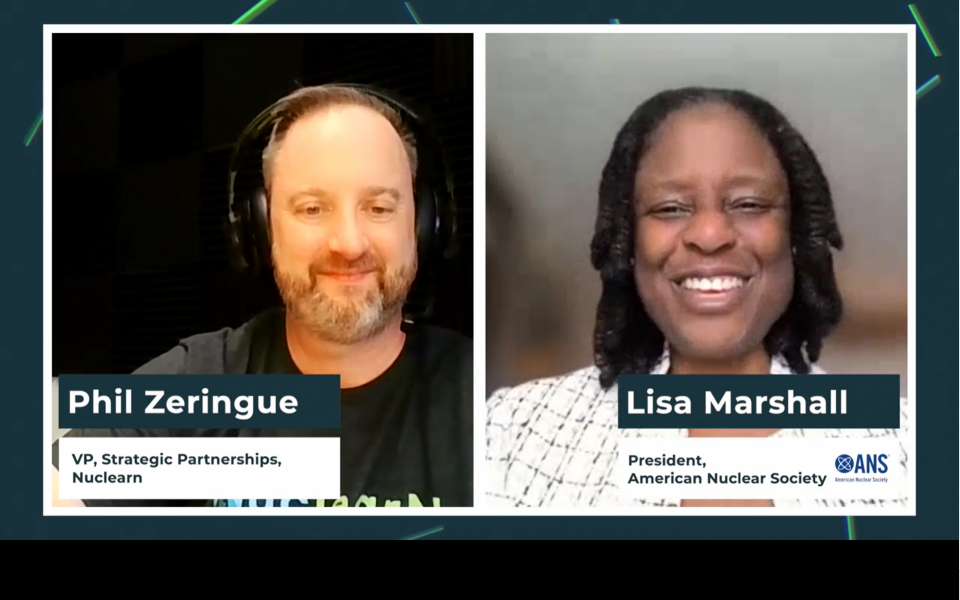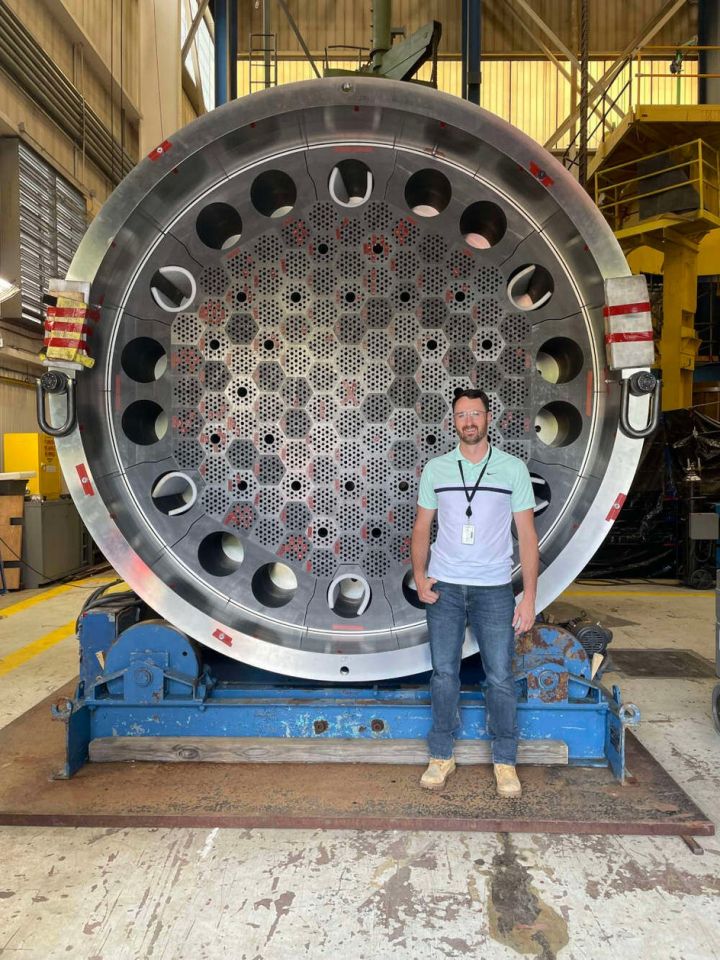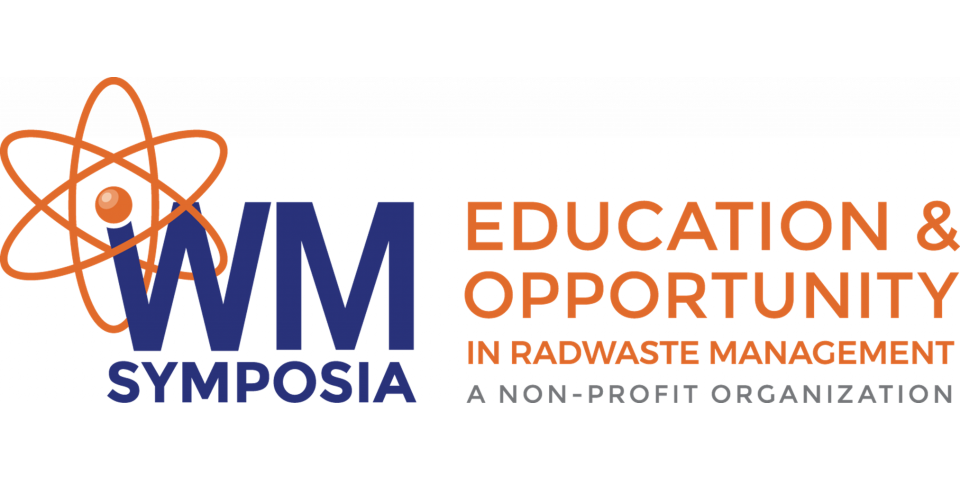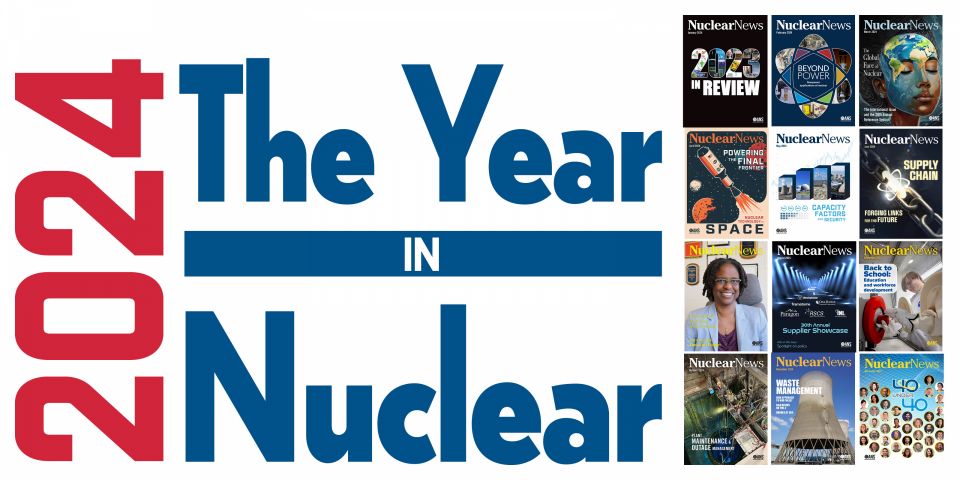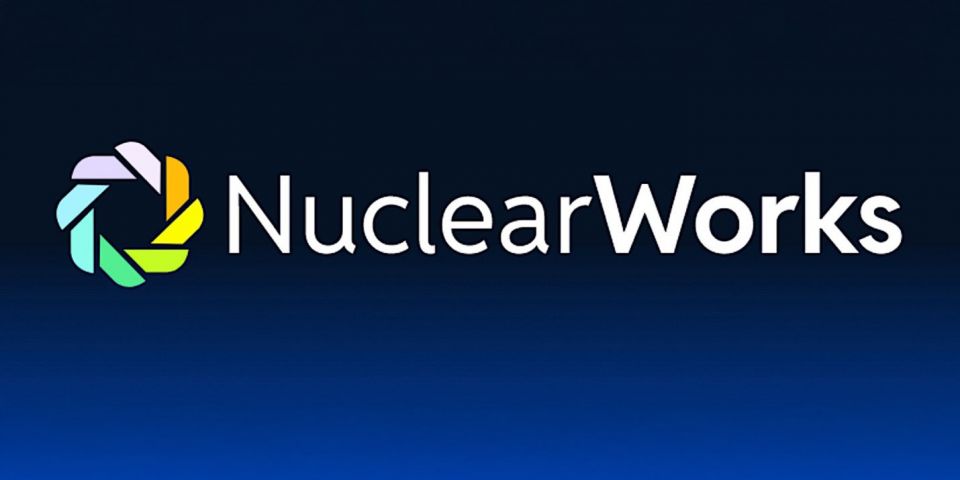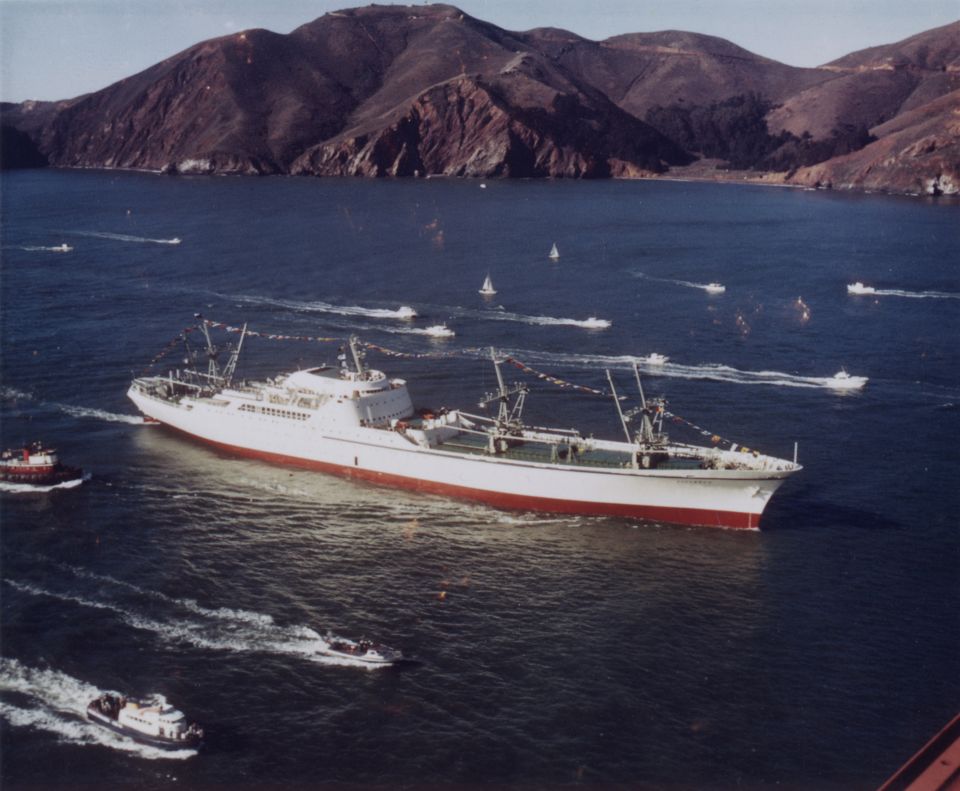Today in History: Einstein Presented World with Famous Equation in Physics
Albert Einstein is one of the most well-known physicists throughout history. Among other things, he is also known for formulating the world-famous equation E=mc2, the equation that relates that energy and mass as not separate, but rather a single entity. This equation opened doors to numerous scientific advances.
The year 1905 is considered to be "Einstein's miraculous year." Back then, a 26-year-old Einstein published four groundbreaking papers in Annalen der Physik and his Ph.D. dissertation that shook the foundations of many scientific theories. The original texts were written in German, however the weblinks are translated into English. This the time when Einstein:
- Challenged the wave theory of light and suggested that the behavior of light could also be represented as a stream of particles - photoelectric effect. For this study, he received the 1921 Nobel Prize in Physics with a 100% share. On a Heuristic Viewpoint Concerning the Production and Transformation of Light, Annalen der Physik 17: 132-148,1905
- Submitted his Ph.D. dissertation in which he showed how to calculate Avogadro's number and the size of molecules. A New Determination of Molecular Dimensions
- Depicted a model for Brownian motion. On the Movement of Small Particles Suspended in Stationary Liquids Required by the Molecular-Kinetic Theory of Heat, Annalen der Physik 17: 549-560,1905
- Invented the theory of special relativity in which he postulated that the speed of light is constant in vacuum or empty space. On the Electrodynamics of Moving Bodies, Annalen der Physik 17: 891- 921, 1905
- Related mass with energy by publishing the most famous equation of physics: the E=mc2 Does the Inertia of a Body Depend Upon Its Energy Content?, Annalen der Physik 18: 639-641, 1905
On November 21, 1905, exactly 113 years ago today, Einstein's most famous equation in physics the E=mc2, was published.
In the original paper, energy was referred to as L and vacuum speed of light as V. At the end of his original paper, Einstein stated, "If the body releases the energy L in the form of radiation, its mass decreases by L/V2" following which he drew a more general conclusion, "The mass of a body is a measure of its energy content; if the energy changes by L, the mass changes in the same sense by L/(9X1020), the energy being measured in ergs and the mass in grams."
These statements illustrate:
- The rest mass of a body is a measure of its energy content.
- Mass and energy are equivalent differing by a constant i.e. mass-energy equivalence. Or that the mass is a much-compressed entity of energy. Thus, both mass and energy could be used interchangeably.
- When an unstable atomic nucleus emits energy through a radioactive decay, its mass is reduced by L/V2 or E/c2.
- A small change of mass could result in a very large change in energy.
One thing to note is that in Einstein's paper, the equation is not in the form L=mV2 or in present-day scientific notation E=mc2 but rather Einstein emphasized how mass of a body decreases if it releases energy. Accordingly, the actual equation in modern nomenclature is
m=E/c2
This equation only applies to the bodies at rest. Next time you are in a bar sharing beers with your friends, be sure to impress them with this fun fact.
However, if the body is moving, or in other words, if the body has momentum, the generalized Einstein's energy equation becomes
![]()
In nuclear physics, this equation explains why tremendous amount of energy can be produced by nuclear fission and nuclear fusion. The mass converted to energy in fission and fusion is approximately 0.1% and 0.7%, respectively.
Fun fact #2: A 170-lb person at rest has the same energy as approximately 50% of the 2001 United States electrical energy production. Another little tidbit to impress your friends with.
For an in-depth background about Einstein's journey and the factors that lead to this world famous equation, and other scientific inquiries, I highly recommend the podcast The Scientific Odyssey by Dr. Chad Davies.
 ANS member Vedant Mehta is a double majoring masters' student in nuclear engineering and aerospace engineering at Georgia Institute of Technology. After graduating with masters this December, he will be pursuing Ph.D. in nuclear engineering. Vedant is also part of the ANS Social Media Team.
ANS member Vedant Mehta is a double majoring masters' student in nuclear engineering and aerospace engineering at Georgia Institute of Technology. After graduating with masters this December, he will be pursuing Ph.D. in nuclear engineering. Vedant is also part of the ANS Social Media Team.




